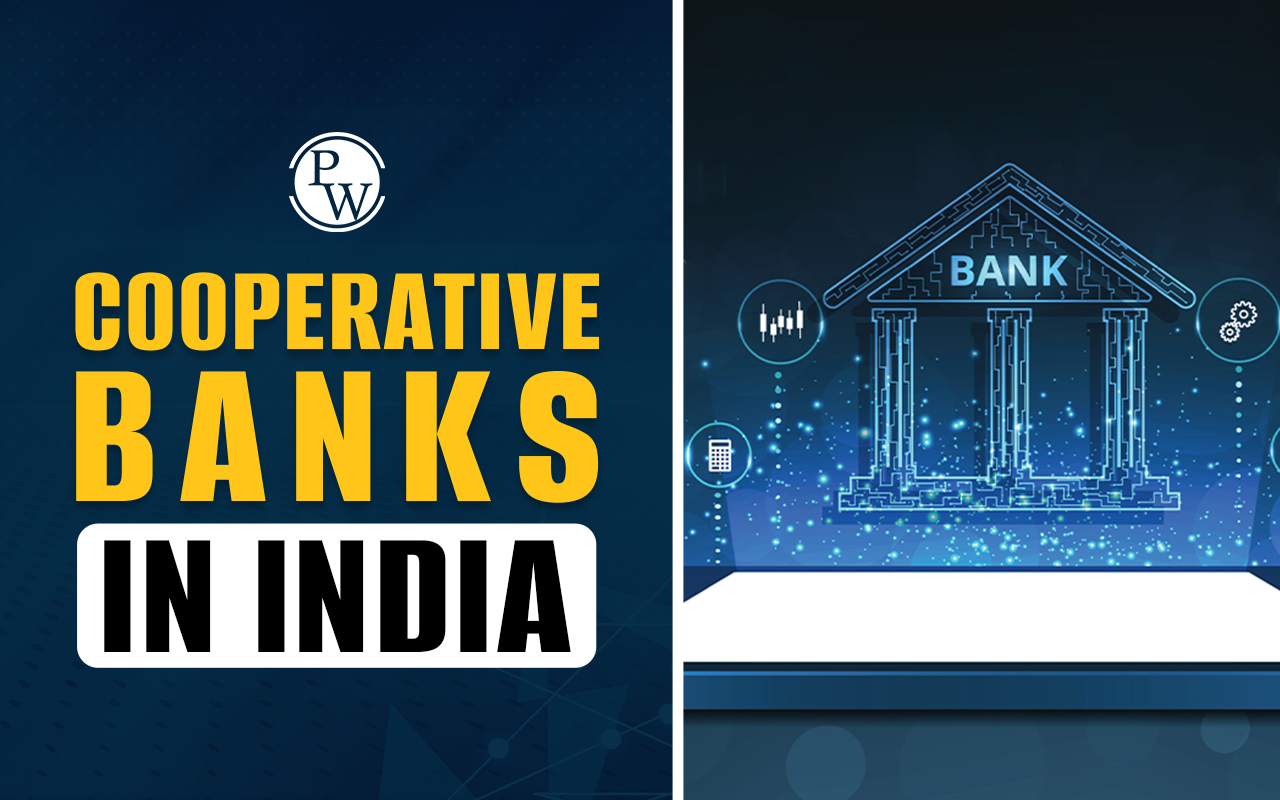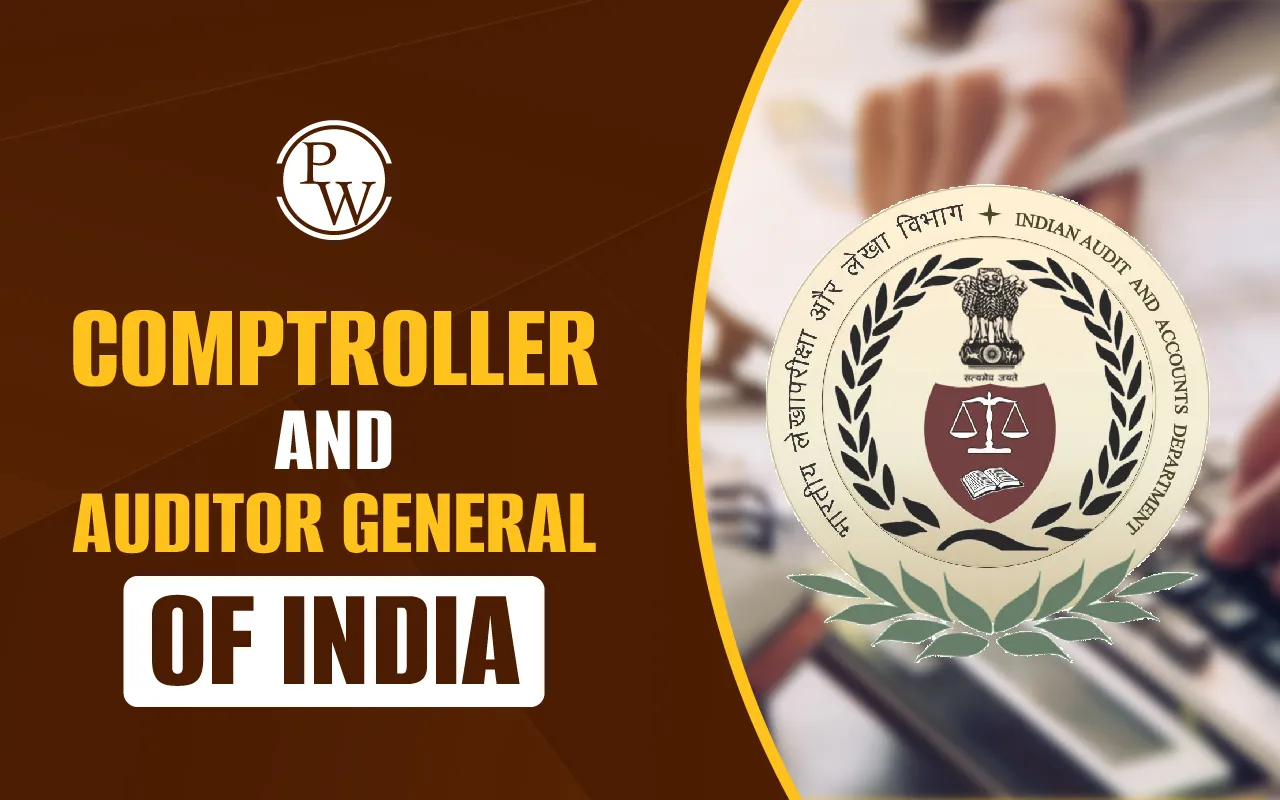

Old Pension Scheme: The Old Pension Scheme (OPS) was a system that provided government employees with a guaranteed pension after retirement. This pension was based on the employee's last drawn salary and does not require a contribution from the employee.
The government replaced OPS with the New Pension Scheme (NPS) in 2004. This switch led to debates, as many felt the Old Pension Scheme offered more security. Further, in 2023, many states opted to move back to OPS. This all led to the introduction of the Unified Pension Scheme (UPS) recently. Read on to find out more about the Old Pension Scheme.OPS Full Form
The full form of OPS is the Old Pension Scheme. This scheme was the standard for pension benefits for government employees until 2004. Under OPS, retirees received a fixed pension amount that depended on their salary and length of service. The Old Pension Scheme was particularly appealing because it provided a stable income post-retirement, giving financial security to retirees. As newer pension schemes like the NPS and the UPS Pension Scheme emerge, understanding the differences between OPS and these alternatives becomes crucial.Also Read: UPS Pension Scheme
About the Old Pension Scheme
The Old Pension Scheme was a defined benefit plan that assured life-long income after retirement. In OPS, government employees received a pension equal to 50% of their last drawn salary plus Dearness Allowance (DA) as a post-retirement income for life. For example, if an employee's last salary was INR 50,000 per month, they would receive a monthly pension of INR 25,000 after retirement. The Old Pension Scheme was funded by the government, which bore the entire cost of providing pensions to its employees. It also included the General Provident Fund (GPF) to which each government employee contributed a portion of their salary. Here are some of the key features of the Old Pension Scheme:| Old Pension Scheme | |
| Feature | Details |
| Type of Scheme | Defined Benefit Plan |
| Pension Calculation | 50% of the last drawn salary |
| Inflation Adjustment | Yes, pension amount adjusted for inflation |
| Funding Source | Entirely funded by the government |
| Family Pension | Yes, provides financial support to the spouse of a deceased employee |
| Investment Control | No control over investments, as the pension is guaranteed regardless of market conditions |
Challenges with the Old Pension Scheme
While the Old Pension Scheme offered significant benefits to retirees, it also posed challenges for the government. One of the major issues was the financial burden on the government. Here are some of the key concerns related to the Old Pension Scheme, which led to the introduction of the NPS:- Financial Burden : The OPS was an unfunded scheme, meaning that it relied on current government revenues to pay pensions. This creates a significant financial burden, especially as the number of pensioners continues to grow.
- Increasing Liabilities: With more employees retiring and living longer, pension liabilities kept rising sharply. This trend put additional pressure on state and central budgets, potentially diverting funds from other essential services.
- Intergenerational Equities : The OPS unfairly burdens future workers with funding pensions through taxes. As of now, the bottom 50% pay six times more in indirect taxes than they earn. OPS acts as a system that helps people who are already financially well-off.
- Lack of Flexibility : The OPS does not account for changes in the economic environment or individual circumstances. For example, retirees may find their fixed pension insufficient due to inflation, despite the dearness allowance adjustments.
Switch from OPS to NPS
In 2004, the Indian government introduced the New Pension Scheme (NPS) to address the challenges posed by the Old Pension Scheme. Unlike OPS, NPS is a defined contribution plan, where both the employee and the government contribute to the pension fund. The contributions are invested in various financial instruments like stocks, bonds, and government securities, allowing the pension fund to grow over time. The switch from OPS to NPS aimed to reduce the financial burden on the government and make the pension system more sustainable. NPS expended pension benefits to private employees and offers the flexibility to choose their investment options and adjust their contributions based on their retirement goals. However, unlike the Old Pension Scheme, NPS does not guarantee a fixed pension amount, as the returns depend on market performance.How Does NPS Differ from OPS?
The NPS also known as the National Pension System includes all Indian citizens (including NRIs and excluding armed forces) between the ages of 18 and 70 to participate in this contribution-based pension scheme. Some of its key features are:- Defined Contribution: Employees contribute 10% of their basic pay, while the government contributes 14%, creating a corpus for retirement.
- Market-Linked Returns: The pension amount depends on the performance of the investments made with the contributions, leading to potentially higher returns but also greater risk.
- Withdrawal Options : Employees have the option to withdraw a portion of their accumulated corpus at retirement, providing flexibility in accessing funds.
- Better Return: The NPS claims to offer better returns than the Public Provident Fund (PPF). However, there is no General Provident Fund (GPF) provision.
Old Pension Scheme Vs UPS Pension Scheme
The introduction of the Unified Pension Scheme (UPS) represents a shift towards a more balanced and sustainable pension system. The UPS combines elements of both the OPS and the NPS, offering a guaranteed pension while requiring employee contributions. Here are some key comparisons of the OPS scheme with UPS:| Old Pension Scheme Vs UPS Pension Scheme | ||
| Feature | Old Pension Scheme (OPS) | Unified Pension Scheme (UPS) |
| Pension Calculation | 50% of last drawn salary | 50% of average basic pay over the last 12 months |
| Employee Contribution | None | 10% of basic pay and DA |
| Government Contribution | Entirely funded by the government | Contribution up to 18.5% |
| Minimum Pension Guarantee | None | Guaranteed minimum pension of ₹10,000/month |
| Family Pension | 50% of pension for spouse after death | 60% of pension for family after death |
| Inflation Indexation | Yes (through DA adjustments) | Yes (DA Adjustment) |
| Lump Sum Payment | None | Lump sum payment based on service |
| Sustainability | Unsustainable due to rising liabilities | More sustainable due to the contribution model |
OPS vs. NPS vs. UPS is one of the most important topics for the UPSC exam. Learn in detail about them by enrolling in the top UPSC courses offered by Physics Wallah . Enroll now!
| UPSC Related Articles | ||
| UPSC Exam Analysis | UPSC Prelims Cut Off | UPSC 2025 Preparation Plan |
| UPSC Exam Strategy | UPSC 2025 Exam Date | UPSC Optional Subjects |
Old Pension Scheme FAQs
What is the Old Pension Scheme?
The Old Pension Scheme (OPS) is a non-contributory, government-funded pension system providing a guaranteed pension based on the employee's last drawn salary.
Who is eligible for the Old Pension Scheme?
Government employees who joined service before January 1, 2004, are eligible for the Old Pension Scheme.
Which pension scheme is best, old or new?
The Old Pension Scheme offers guaranteed benefits, while the New Pension Scheme (NPS) provides flexibility but with market-linked returns; the choice depends on individual preference for security versus potential growth.
How to calculate the Old Pension Scheme?
The Old Pension Scheme pension is calculated as 50% of the employee's last drawn salary plus Dearness Allowance (DA).
When was the Old Pension Scheme stopped?
The Old Pension Scheme was replaced by the New Pension Scheme (NPS) on January 1, 2004, for new government employees.
Talk to a counsellorHave doubts? Our support team will be happy to assist you!

Free Learning Resources
PW Books
Notes (Class 10-12)
PW Study Materials
Notes (Class 6-9)
Ncert Solutions
Govt Exams
Class 6th to 12th Online Courses
Govt Job Exams Courses
UPSC Coaching
Defence Exam Coaching
Gate Exam Coaching
Other Exams
Know about Physics Wallah
Physics Wallah is an Indian edtech platform that provides accessible & comprehensive learning experiences to students from Class 6th to postgraduate level. We also provide extensive NCERT solutions, sample paper, NEET, JEE Mains, BITSAT previous year papers & more such resources to students. Physics Wallah also caters to over 3.5 million registered students and over 78 lakh+ Youtube subscribers with 4.8 rating on its app.
We Stand Out because
We provide students with intensive courses with India’s qualified & experienced faculties & mentors. PW strives to make the learning experience comprehensive and accessible for students of all sections of society. We believe in empowering every single student who couldn't dream of a good career in engineering and medical field earlier.
Our Key Focus Areas
Physics Wallah's main focus is to make the learning experience as economical as possible for all students. With our affordable courses like Lakshya, Udaan and Arjuna and many others, we have been able to provide a platform for lakhs of aspirants. From providing Chemistry, Maths, Physics formula to giving e-books of eminent authors like RD Sharma, RS Aggarwal and Lakhmir Singh, PW focuses on every single student's need for preparation.
What Makes Us Different
Physics Wallah strives to develop a comprehensive pedagogical structure for students, where they get a state-of-the-art learning experience with study material and resources. Apart from catering students preparing for JEE Mains and NEET, PW also provides study material for each state board like Uttar Pradesh, Bihar, and others
Copyright © 2025 Physicswallah Limited All rights reserved.
Get App









